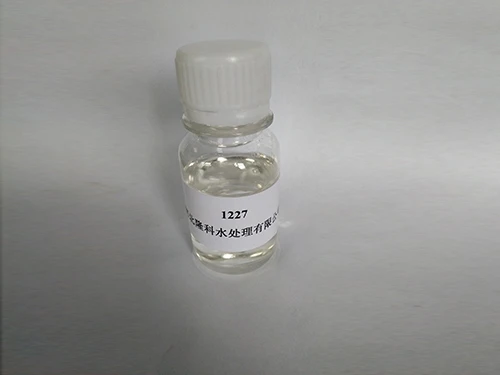polycarboxylic acid examples
Understanding Polycarboxylic Acids Examples and Applications
Polycarboxylic acids are a class of organic compounds that contain multiple carboxylic acid groups (-COOH) within their molecular structure. These compounds are notable not only for their diverse chemical properties but also for their wide range of applications in various industries, including pharmaceuticals, agriculture, and materials science. In this article, we will explore some representative examples of polycarboxylic acids and their significant uses.
Common Examples of Polycarboxylic Acids
1. Citric Acid Perhaps the most well-known polycarboxylic acid, citric acid (C6H8O7) contains three carboxyl groups. It is naturally found in citrus fruits and is commonly used as a flavoring and preserving agent in food and beverages. Beyond its culinary uses, citric acid is also employed in pharmaceuticals as a buffering agent and in cosmetics for its pH-regulating properties.
2. Tartaric Acid Found naturally in grapes, tartaric acid (C4H6O6) is a diprotic acid, possessing two carboxyl groups. It plays a crucial role in winemaking, providing stability in the fermentation process and contributing to the taste and texture of the wine. Additionally, tartaric acid is used in baking powder, acting as a leavening agent when combined with baking soda.
3. Oxalic Acid With the formula C2H2O4, oxalic acid contains two carboxylic groups and is recognized for its strong acidic properties. It is commonly found in leafy greens such as spinach and rhubarb. In industry, oxalic acid is primarily used in metal cleaning, bleaching, and as a powerful reducing agent in various chemical reactions. However, it must be handled with care due to its toxicity in high doses.
4. Succinic Acid This dicarboxylic acid (C4H6O4) is naturally found in various plant and animal tissues. Succinic acid is important for its role in the citric acid cycle, a fundamental metabolic pathway that produces energy in living organisms. In industry, it is used in the production of biodegradable plastics, resins, and even as a food additive.
5. Phthalic Acid Phthalic acid (C8H6O4) is another important polycarboxylic acid that contains two carboxyl groups. It is primarily used in the production of phthalate esters, which serve as plasticizers in the manufacturing of flexible plastics. Phthalic acid is also utilized in the production of dyes, pigments, and the synthesis of various drugs.
polycarboxylic acid examples

Applications of Polycarboxylic Acids
The diverse chemical properties and functionalities of polycarboxylic acids render them valuable in multiple applications
- Pharmaceuticals Many polycarboxylic acids serve as starting materials or intermediates in drug synthesis. Their ability to form coordination complexes with metal ions makes them useful in various therapeutic applications. For instance, citric acid is often included in formulations for its antioxidant properties.
- Agriculture In fertilizers, polycarboxylic acids play a role in enhancing nutrient solubility, thereby improving their availability to plants. For instance, they may be used as chelating agents to bind nutrients to prevent them from being leached away from the soil.
- Materials Science Polycarboxylic acids are essential in producing a range of materials, including resins, polymers, and surfactants. Succinic acid, for example, is increasingly used in the synthesis of biodegradable materials, aligning with the growing emphasis on sustainability.
- Food and Beverage These acids are integral as flavoring agents, preservatives, and acidulants in food products. Their natural occurrence in plant-based foods enhances their appeal for consumers seeking natural ingredients.
Conclusion
Polycarboxylic acids are a fascinating group of compounds with multiple carboxyl functionalities that give rise to a variety of chemical and physical properties. From citric acid in food to oxalic acid in industrial applications, the versatility of these acids illustrates their importance in everyday life. As research progresses, the potential for even broader applications in health, agriculture, and sustainable materials is likely to expand, underscoring the ongoing relevance of polycarboxylic acids in modern science and industry.
-
lk-319-special-scale-and-corrosion-inhibitor-for-steel-plants-advanced-solutions-for-industrial-water-systemsNewsAug.22,2025
-
flocculant-water-treatment-essential-chemical-solutions-for-purification-processesNewsAug.22,2025
-
isothiazolinones-versatile-microbial-control-agents-for-industrial-and-consumer-applicationsNewsAug.22,2025
-
scale-inhibitor-key-solutions-for-water-system-scale-preventionNewsAug.22,2025
-
organophosphonates-versatile-scale-inhibitors-for-industrial-water-systemsNewsAug.22,2025
-
scale-and-corrosion-inhibitor-essential-chemical-solutions-for-water-system-maintenanceNewsAug.22,2025





